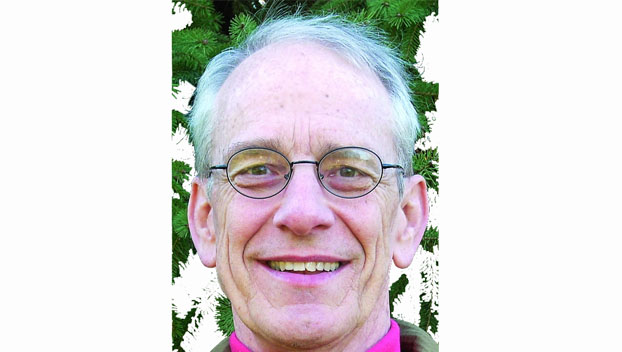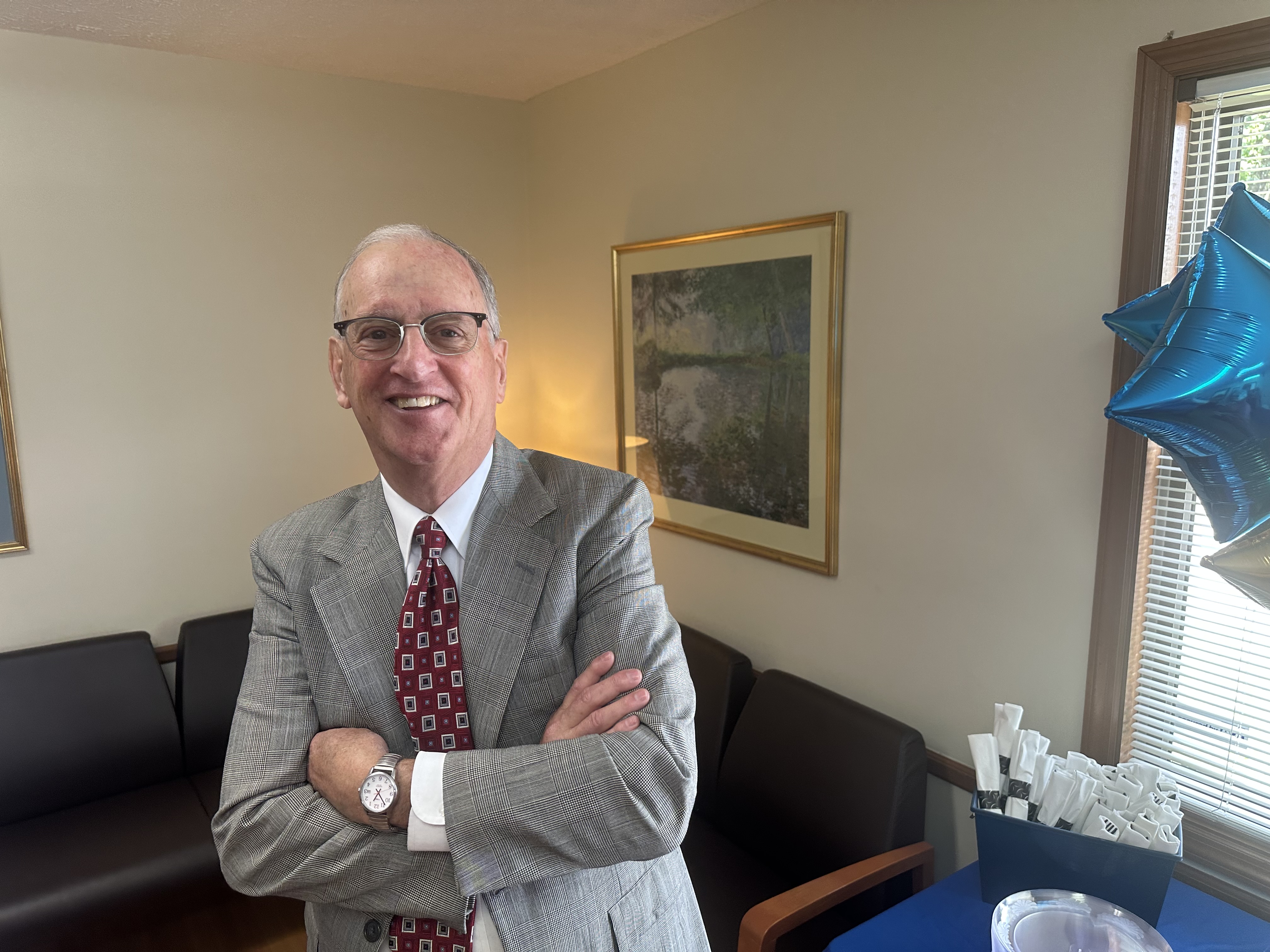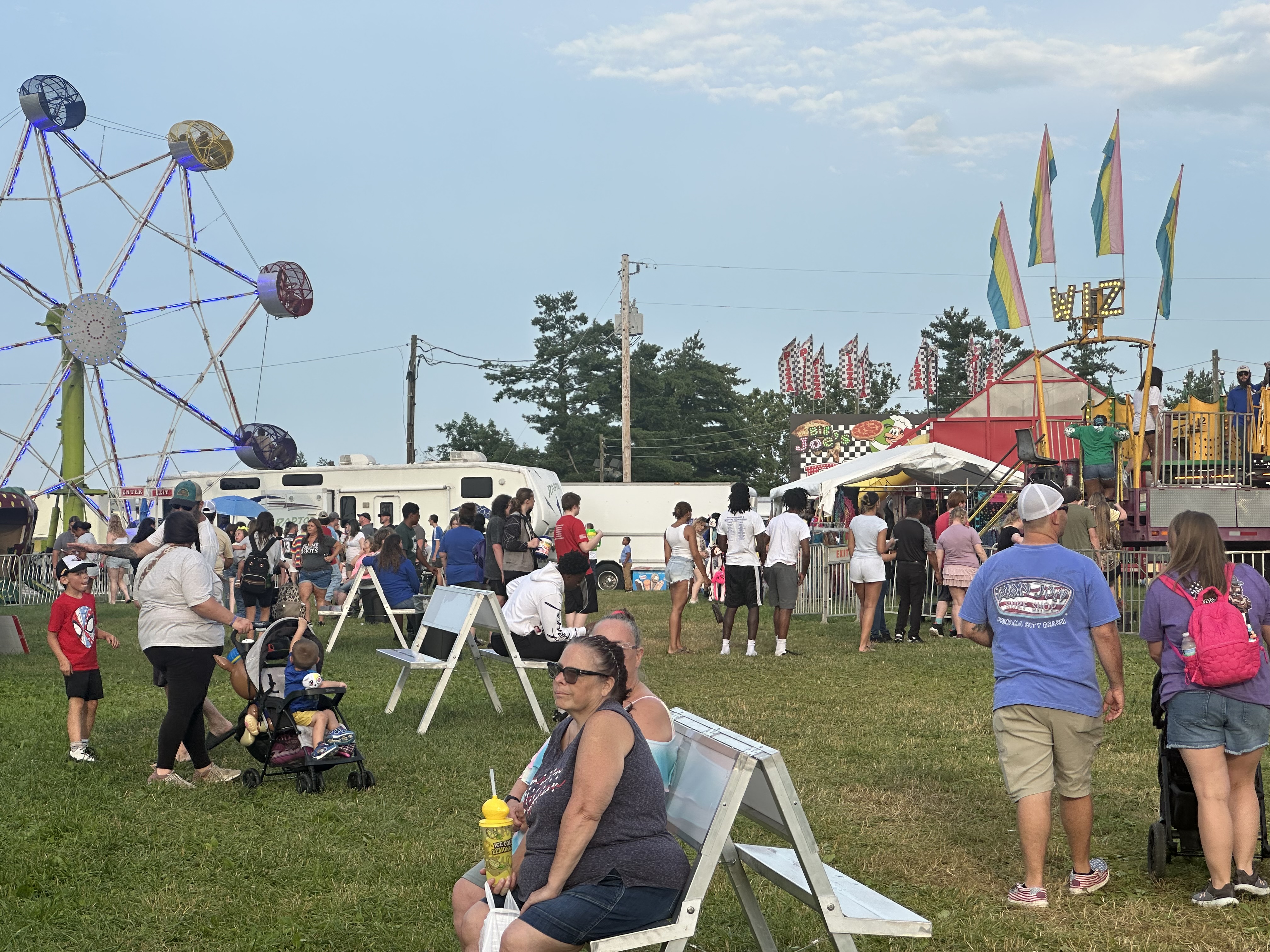Enoch: Masontown, a post-Civil War Black community
Published 6:00 am Saturday, January 13, 2024
|
Getting your Trinity Audio player ready...
|
By Harry Enoch
Contributing Writer
After the Civil War, freedmen established several rural black communities in Clark County. The best known of these are Lisletown and Hootentown, both situated along the Athens-Boonesborough Road, the former on Lower Howard’s Creek and the latter on Jouett Creek. Several years ago, Laura Freeman discovered the remains of another, Dry Ridge, on her farm in the Kiddville area.
A few months ago, Lyndon Comstock asked me if I knew of a place called “Masontown” in the Becknerville area. He had found a number of death certificates that listed Masontown as the place of burial. (Lyndon is working on additions to his book, Before Abolition, that lists more than 7,000 formerly enslaved individuals in Clark County and includes information about their lives after Emancipation.)
Working together we were able to pinpoint the exact location of Masontown and the family cemetery there. The property is on Combs Ferry Road at the intersection of True Lane. In 1877 George Mason purchased the property, a small tract of about four acres and a frame house, for the sum of $630. The property adjoined three well-to-do landowners: Dr. Francis Jones, Armistead Blackwell, and Priscilla Parrish, widow of Caleb Parrish.
Lyndon has researched this family in some detail. George Mason was born in about 1805 in Virginia, the son of Chanie and Randall. He married Jane “Jenny” Webb in 1831 in Clark County, Kentucky. They had ten children, all born in Clark County. There were six sons — John, George Jr., Tommie, Lee, Sam, Charlie — and four daughters — Frances, Ursula “Ursey,” Harriett, Lena. Jenny and most of their children are enumerated in the “slave schedule” of the 1860 census as the property of Susan Webb that she had inherited from her husband, Dr. William Webb. Until Emancipation, George Mason resided on an adjoining farm owned by Samuel Chiles.
The couple’s son George Jr., 21, enlisted in the Union Army at Camp Nelson on June 18, 1864. He served as a private in Company D of the 116th U.S. Colored Infantry. He died in the Army Hospital at Roma, Texas, on September 9, 1865. The cause of death was listed as scurvy, a Vitamin C deficiency disease. In 1889 his mother applied for a pension for George’s service. According to Jenny’s deposition, when her son was six or seven years old, he was sent to Winchester to be raised by William Love, a local blacksmith. He then moved to Mercer County with Love’s widow Rachel and never married. Her deposition added that she was very feeble, and her husband was suffering from rheumatism and the palsy and was unable to work. She was awarded a pension for her son’s service. Her last payment was $12 in November 1895. Jenny died in 1896; George had died around 1890.
After George and Jenny died, their property was divided into five tracts and deeded to the surviving children and heirs: Lot 1 and the residence to Charlie, Lee, and Harriett; Lot 2 to John; Lot 3 to Frances; Lot 4 to the children of Ursey; and Lot 5 to Sam.
The heads of family living at Masontown in 1910 included Lee, Charlie, William and John Mason, Scott Crosby, and William Samuels. They were Baptists and worshipped at the Mt. Carmel Baptist Church (now Houston Baptist Church on Waterworks Road). John Mason was a deacon in the church, which also served as a schoolhouse for African American children of the neighborhood.
The 1930 census, taken during the Great Depression, lists Lee Jr., Charlie and William Mason, Tom Samuels, and Mathews Webb residing at Masontown. Each owned a residence. The small tract, home to five families, included 19 persons. They supported themselves by farming their own land and working as farmhands for others.
In 1950 Masontown included only six residents, an indication that most of the family had moved away to seek employment elsewhere in Clark County.
Mason descendants lived on the property and maintained ownership until it was conveyed to Harold Stivers in 2001. The boundaries of the property deeded to George Mason in 1877 survive essentially intact today.
I was able to visit the property and the small family graveyard located in the northeast corner. There are twelve graves arranged in two parallel rows. All are marked with fieldstones, except for the military marker of Ollie Mason (1888−1955), a veteran of World War I.
The Masons were part of an extended African American community in the Becknerville area from the late 1800s through the mid-1900s. The Bell and Brooks family operated a blacksmith shop at the corner of Combs Ferry Road and Waterworks Road. The Brown family lived a few houses south of the church, and their property has a family graveyard that survives.
I recently visited the current neighbors of the old Mason property. All were very familiar with “Masontown,” and the Masons who lived there. Two of them recalled helping put up tobacco in the Mason’s barn. They remembered the Masons as a poor but hardworking family.
Author’s Note: I would like to thank William Meurer, John Christopher, and Bennie Webb for information about Masontown, and Harold Stivers for allowing me to visit the old Mason cemetery. For more information about Masontown, please contact the author at henoch1945@gmail.com.






